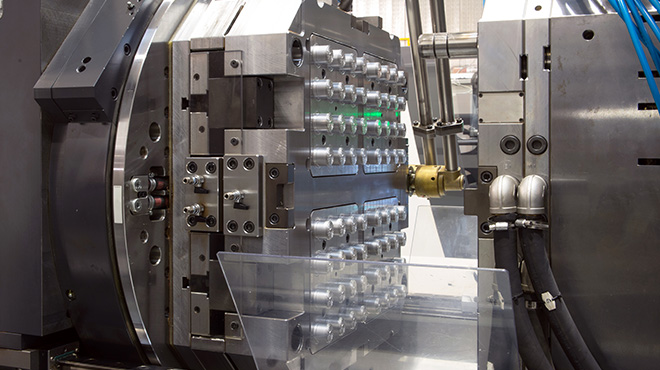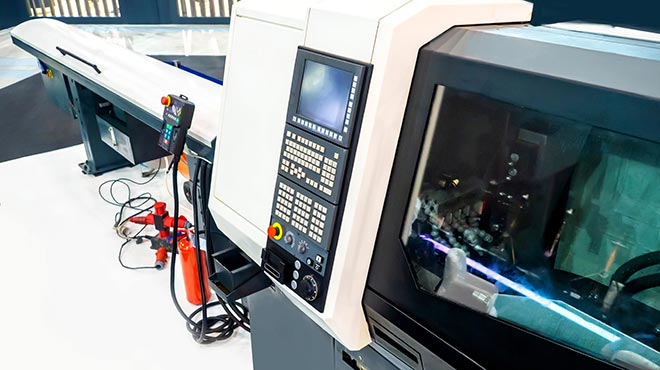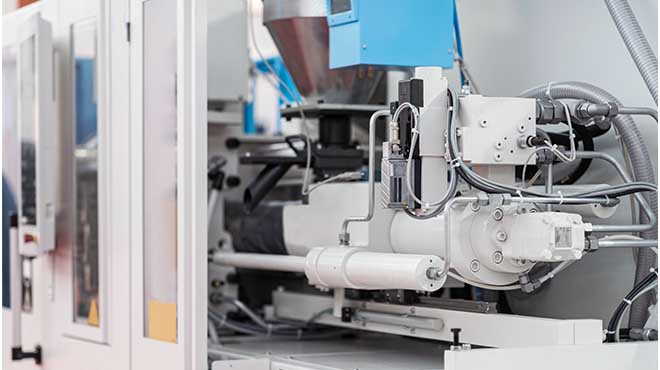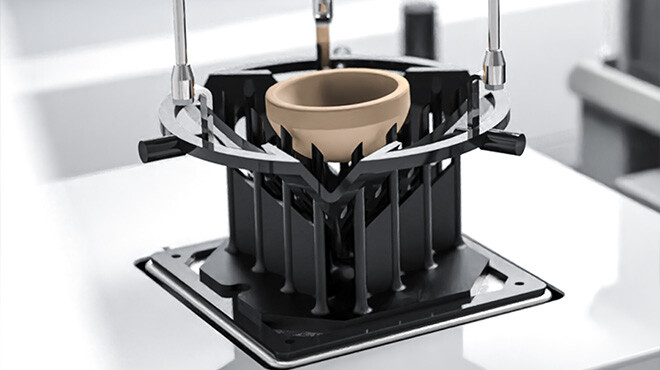Fully automated density measurement in Metal Injection Moulding - MIM
The production of high-quality components is of crucial importance in many industries, whether in the automotive industry, medical technology or...
3 min read
Philipp Prüße : 03.06.2024

Metal injection moulding (METAL INJECTION MOLDING - MIM) is a pioneering technology for the cost-effective production of high-quality metal components. We report on the history of MIM, the manufacturing process, advantages and typical applications. Let's dive in!
Contents
History of metal powder injection moulding
What is metal powder injection moulding?
Advantages of metal powder injection moulding
MIM applications
Machines used in metal injection moulding
Conclusion
The beginnings of powder injection moulding date back to the 1970s. At the time, researchers were looking for innovative methods to produce complex metal components cost-effectively. The idea of combining powder metallurgy with injection moulding processes emerged in response to the challenge of producing high-precision parts with complex shapes that were not possible using conventional methods.
Over time, the techniques and understanding of metal powder injection moulding have been continuously improved. New materials, binders and sintering techniques were developed to optimise the mechanical properties and quality of the end products. This has also been applied to technical ceramics. Today, metal powder injection moulding is known as Metal Injection Moulding (MIM) and has become a key manufacturing method for high-quality metal components.
MIM is an innovative manufacturing process that combines the advantages of powder metallurgy and plastic injection moulding. It enables the cost-effective production of high-precision and complex metal components in large quantities. The MIM process consists of six steps:
MIM offers a number of advantages that make it an attractive choice for metal component production:
MIM is widely used in various industries, including:
Metal injection moulding is a high-precision manufacturing process that places special demands on the machines used. These machines must offer high performance and precision in order to mix the fine metal powders and special binders homogeneously and inject the mass precisely into the moulds. Controlled temperature conditions in the ovens are crucial for debinding and sintering in order to achieve the desired mechanical properties. The selection of modern and efficient powder injection moulding machines is crucial to the success of the manufacturing process.
The most important machines are:
Powder mixer: A powder mixer is used to mix the fine metal powders with special binding agents and additives to form a homogeneous mass. The even distribution of the components is crucial for the quality of the end products.
Injection moulding machine: The injection moulding machine is central to the process. It injects the prepared compound into the moulds that define the desired geometry of the parts. State-of-the-art machines and precise process control are crucial to ensure the quality and consistency of the MIM parts.
Debinding oven: After metal injection moulding, the moulded parts are heated in a debinding oven to remove the binder. This debinding process is crucial in order to create uniform porosity in the workpieces..
Sintering furnace: The sintering furnace is a high-temperature furnace that sinter the debinded parts, causing the metal particles to fuse together. This step gives the parts their final strength and density.
Post-processing machines: Depending on the requirements and the desired end product, further post-processing steps may be necessary. These include, for example, grinding, polishing or surface treatment.
The selection and use of specific machines depends on the requirements of the respective MIM process and the desired properties of the manufactured parts.
Metal powder injection moulding is undoubtedly a revolutionary technology for the production of high-quality metal components. The advantages of this process in terms of complex geometries, material efficiency and cost savings make it a popular choice in various industries.

The production of high-quality components is of crucial importance in many industries, whether in the automotive industry, medical technology or...

Ceramic injection moulding (CIM) and density measurement of injection-moulded components Ceramic injection moulding is an extremely versatile...

What you can expect here: INTRODUCTION PRESS PARAMETERISATION PREDICTION OF SHRINKAGE BEHAVIOUR AUTOMATED DENSITY DETERMINATION CONCLUSION ...